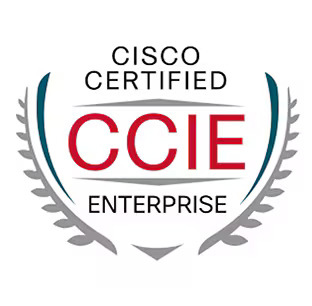
CCIE Enterprise Infrastructure certification
Prove your skills with complex enterprise infrastructure solutions from designing and deploying to operating and optimizing. Take your place as a technical expert by achieving the Cisco Certified Internetwork Expert (CCIE) Enterprise Infrastructure certification.


